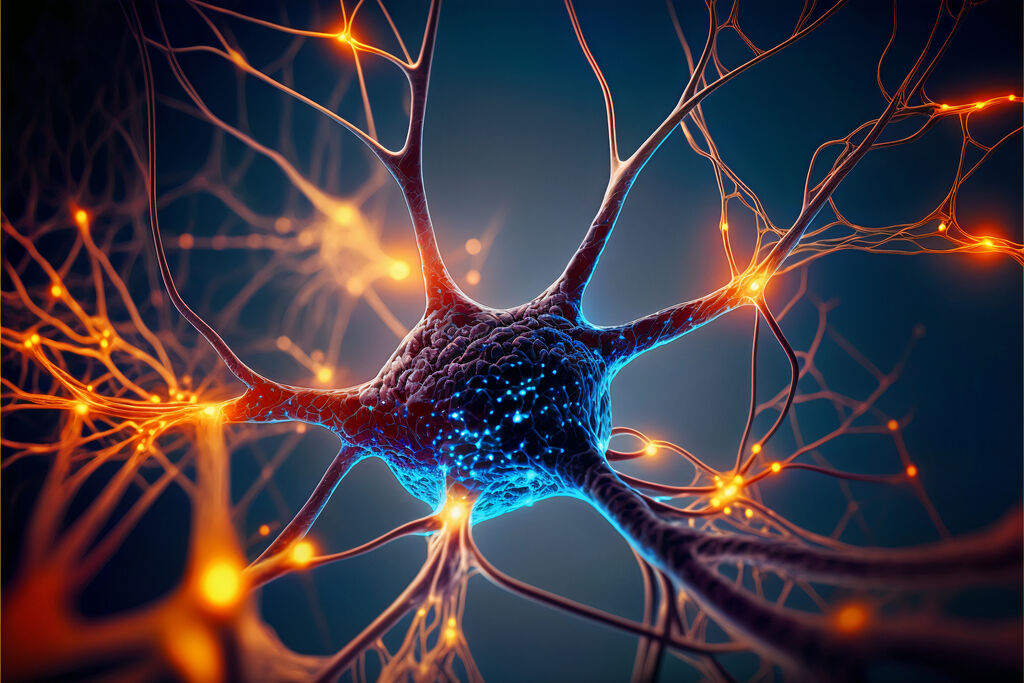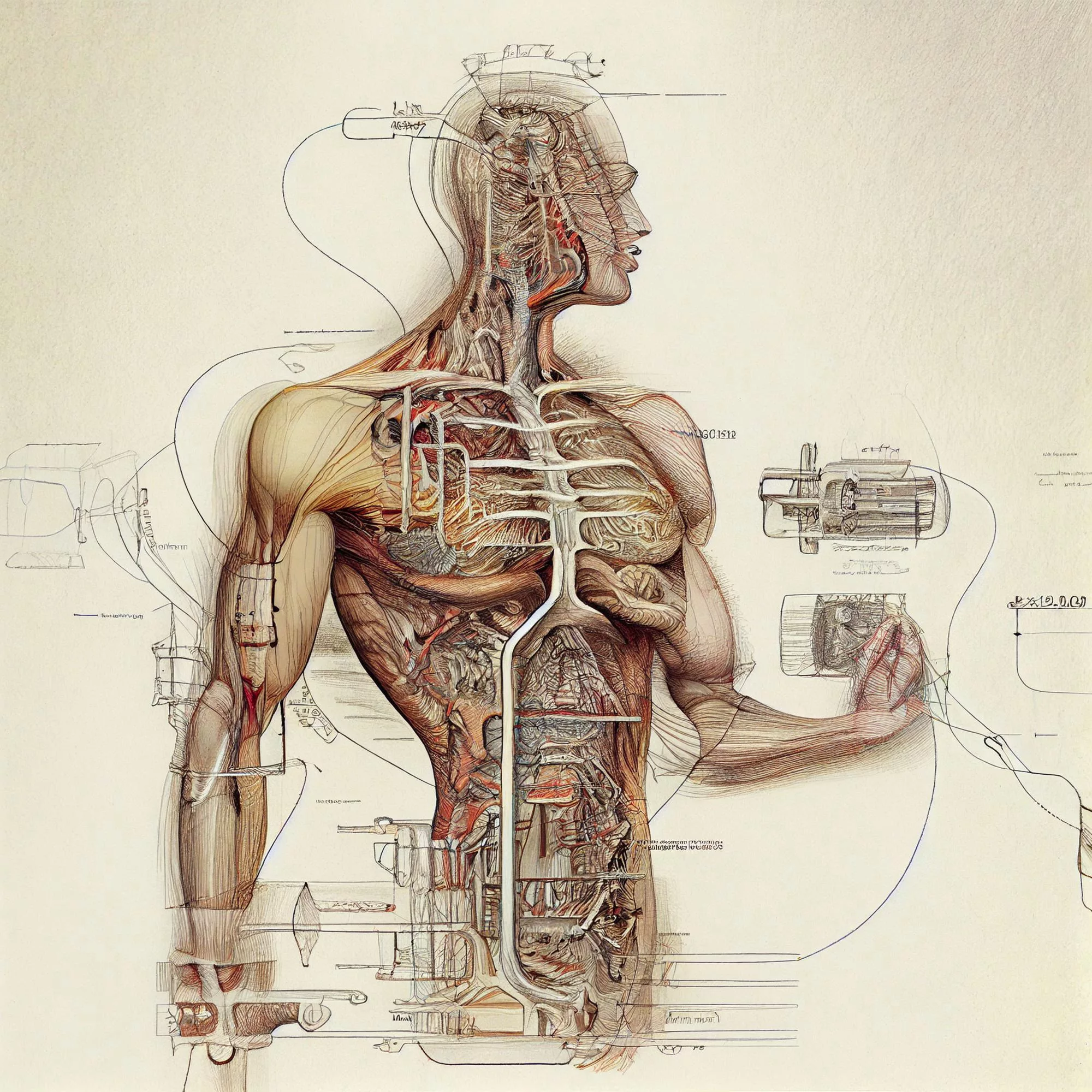Delve into the science behind massage therapy and understand how it helps heal the body, promoting overall health and well-being.
At Forget Me Knot, we believe in the healing power of touch. But what about the science behind massage? How does it help heal the body, relieve stress, and promote overall health and well-being? in this blog, you will glimpse into the science behind massage therapy.
The Power of Touch
Touch is one of the most basic forms of communication. It can convey comfort, care, and empathy. In the context of massage therapy, touch can stimulate the body’s parasympathetic nervous system, triggering a cascade of beneficial physiological responses.
The Nervous System

When a massage therapist applies pressure to the body, it stimulates nerve receptors under the skin. These receptors send signals to the brain, which responds by releasing endorphins, the body’s natural painkillers. This is why massage can help relieve pain and promote relaxation.
Improving Circulation
Massage will help improve circulation. The physical manipulation of tissues increases blood flow to the area, delivering oxygen and nutrients to the cells. This will speed up healing, reduce inflammation, and help flush out toxins.
Reducing Muscle Tension
Massage can help reduce muscle tension by breaking up knots and adhesions in the muscle fibres. This can improve flexibility and range of motion, making it particularly beneficial for athletes or those recovering from injuries.
Promoting Relaxation

Finally, massage promotes relaxation by stimulating the parasympathetic nervous system, which slows the heart rate, lowers blood pressure, and allows the body to relax and recuperate.
At Forget Me Knot, I harness the science behind massage, continuously staying up to date with current medical advise and journals. This helps Me to provide treatments that not only feel good but also promote healing and well-being.
For more information on the science behind massage, you can refer to this comprehensive guide from the British Association for Applied Nutrition and Nutritional Therapy.
Remember, this blog post is intended for informational purposes only. It’s not a substitute for professional medical advice, diagnosis, or treatment. Always seek the advice of your healthcare provider with any questions you may have regarding a medical condition.

